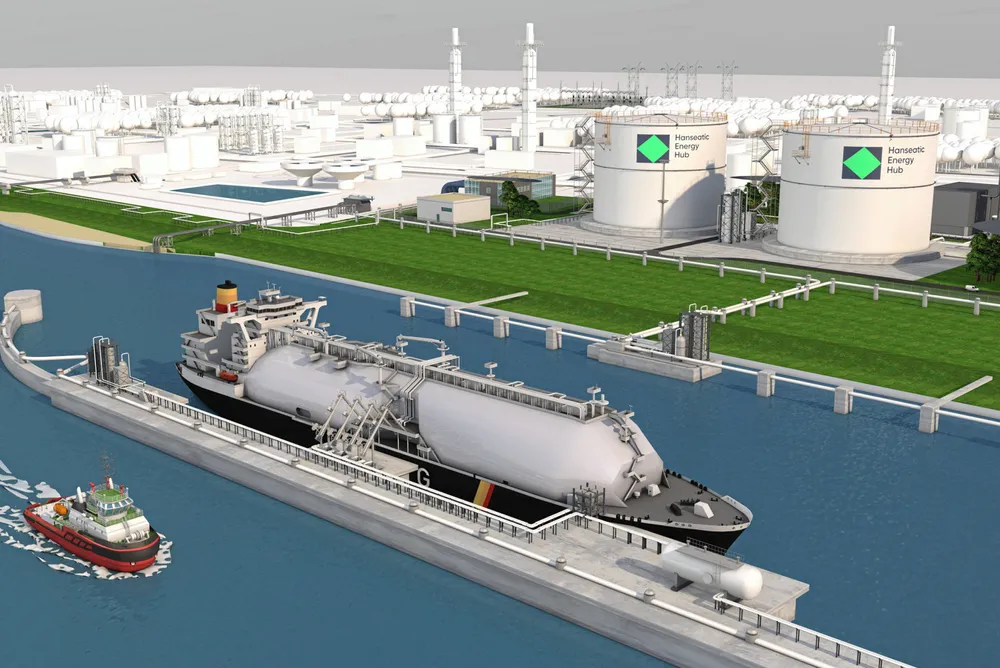Final investment decision taken on Germany’s first onshore liquid gases terminal, with eye on future hydrogen imports
The €1bn Hanseatic Energy Hub will initially import LNG from 2027, but has already been certified as ‘ammonia-ready’

The €1bn Hanseatic Energy Hub will initially import LNG from 2027, but has already been certified as ‘ammonia-ready’
